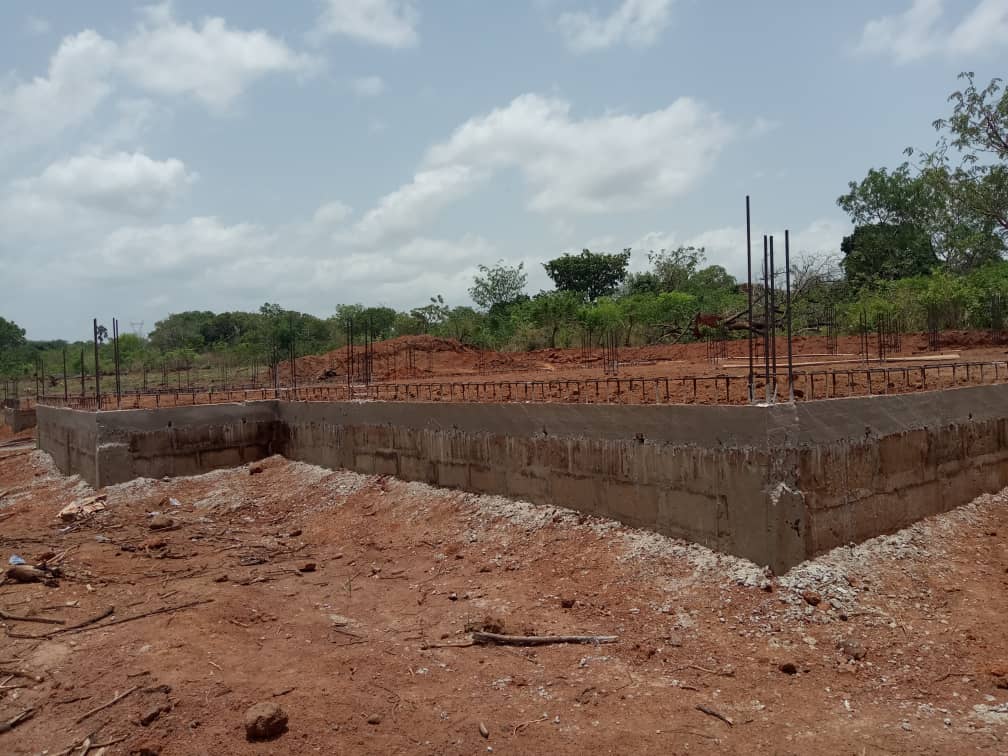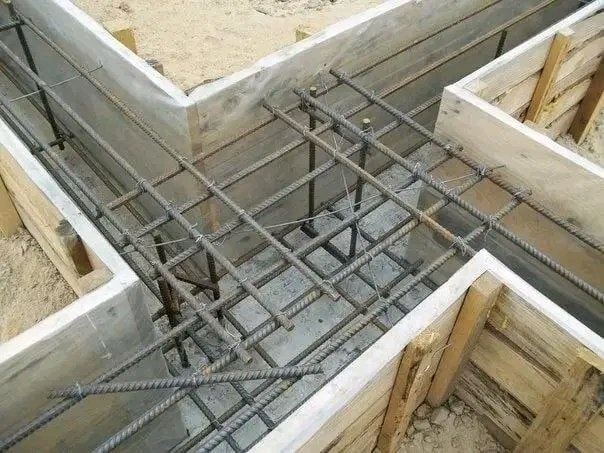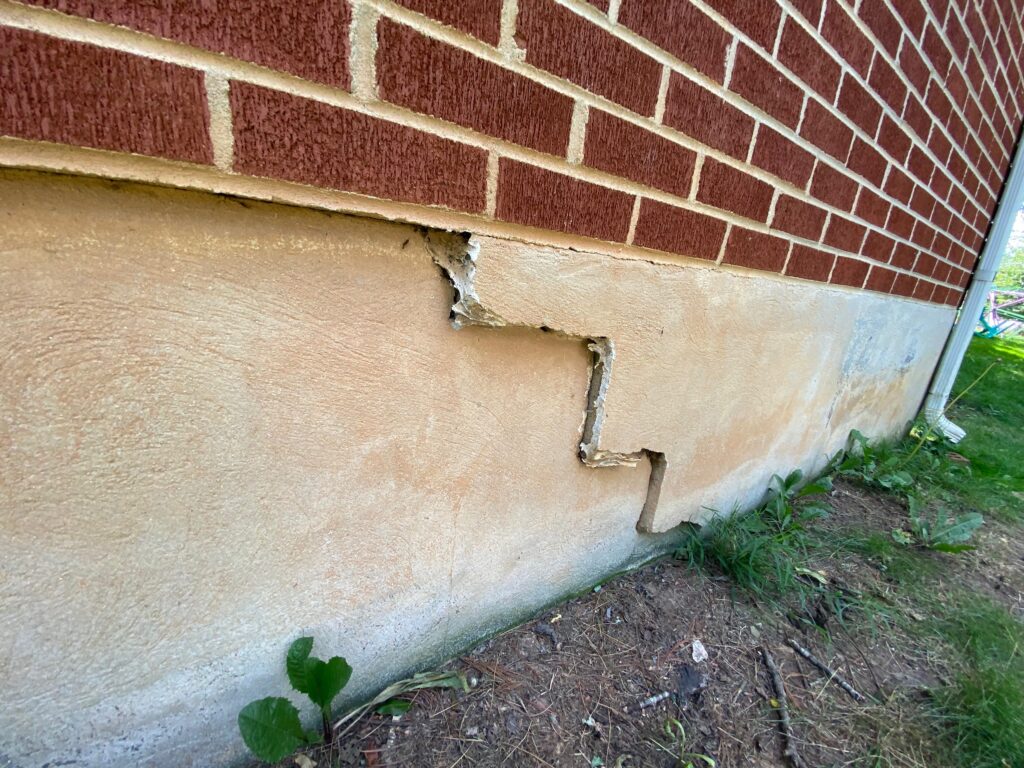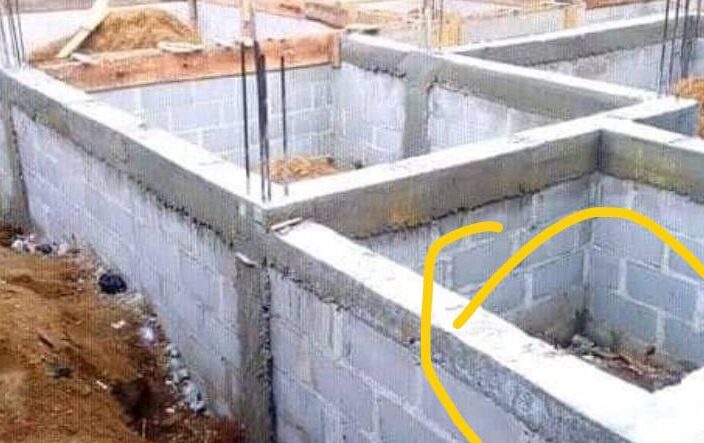
The foundation is the backbone of any structure, and one crucial element in reinforcing that foundation is beam reinforcement. Whether residential, commercial, or industrial, ensuring a strong and stable foundation is paramount. In the African context, where soil types, weather conditions, and construction practices vary significantly across regions, understanding the necessity of beam reinforcement becomes even more critical. Here’s why beam reinforcement in foundations is necessary, especially within the African system.
Load Distribution
In any building, the weight of the structure (superstructure) needs to be effectively transferred to the foundation. Beam reinforcement ensures that this load is evenly distributed across the foundation, preventing uneven settlement or localized failures. This is vital in construction, where soil conditions can vary from sandy soils in coastal areas to clayey or rocky soils inland.
Reducing Stress Concentrations
Stress concentrations can lead to cracks and, ultimately, structural failure. Beam reinforcement minimizes these stress points by distributing the forces more evenly across the structure. This is particularly important in regions where the construction materials and methods may vary, ensuring that even with local materials, the building remains robust.
Enhancing Foundation Stability
Foundations can be prone to settlement or rotation, especially in areas with poor soil conditions. Beam reinforcement helps stabilize the foundation, reducing the chances of movement that could compromise the entire structure. In Africa, where construction projects often face challenges like varying soil quality, this aspect of reinforcement is critical.

Reducing Soil Pressure
By reinforcing beams within the foundation, you reduce the pressure exerted on the underlying soil. This is essential in areas prone to soil movement or erosion, a common challenge in many African regions, particularly in areas with high rainfall or near water bodies.
Ensuring Structural Integrity
The primary role of beam reinforcement is to ensure the overall structural integrity of the building. A reinforced foundation supports the entire structure, making it less likely to experience failure. This is especially important in African cities, where urbanization is rapidly increasing, and buildings are often constructed close together.
Controlling Cracks
Cracking is a common issue in foundations and superstructures. Beam reinforcement helps control and reduce the occurrence of cracks, ensuring a longer-lasting and safer building. In Africa, where weather conditions such as extreme heat or heavy rains can stress building materials, controlling cracks becomes vital.

Enhancing Seismic Resistance
While Africa is not as seismically active as other parts of the world, certain regions do experience earthquakes. Beam reinforcement improves the seismic resistance of buildings, providing added protection in the event of an earthquake.
Preventing Soil Erosion
In regions prone to soil erosion, particularly during the rainy season, reinforced foundations can prevent the erosion from undermining the building’s stability. This is a common concern in many parts of Africa, making reinforcement a necessary consideration in construction.
Managing Water Tables
High water tables can cause water damage to foundations, especially in low-lying areas or regions with heavy rainfall. Beam reinforcement helps manage the effects of a fluctuating water table, reducing the risk of water damage to the structure.
Compliance with Building Codes
African countries have their building codes and regulations, which often mandate specific reinforcement practices. Proper beam reinforcement ensures that your building project complies with these codes, avoiding legal issues and ensuring safety.

Conclusion
In the African context, where diverse environmental and soil conditions prevail, proper beam reinforcement is not just a technical requirement but a necessity for ensuring the safety, durability, and longevity of buildings. Whether you are building in a bustling city or a rural area, always consult with structural engineers and experts to determine the appropriate reinforcement strategy for your project. Remember, a well-reinforced foundation is the bedrock of a strong and stable structure


Comments
Nice write-up with reasons well explained. Kudos
Thanks for reading and your review. Cheers!
Great blog! Reinforced concrete foundations play a vital role in ensuring the stability and strength of a building. Your explanation highlights how reinforcement helps distribute loads and prevent cracking, making it an essential part of safe construction. Thanks for sharing this important information!
Thank you
Great blog! Explaining why reinforced concrete foundations are important not only highlights their role in building strength and durability but also underscores how proper concrete repair is essential to maintaining that foundation over time. Keeping foundations in good shape ensures the safety and longevity of any structure.